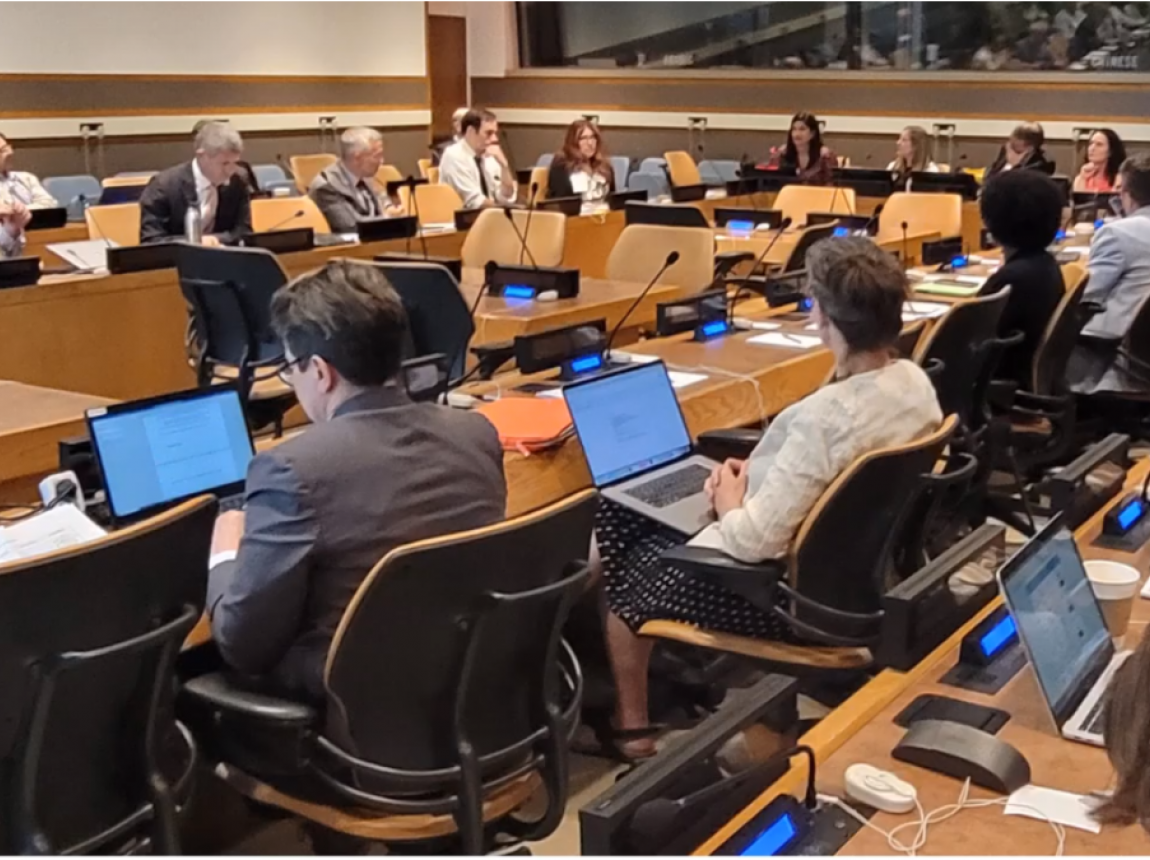Related

Oct 05,2023
Kevin Cromar Participates in UN Meetings
on Global Heat Resilience

Jan 14,2013
Energy Use in New Commercial Buildings
by
Matthew Kahn
In this post, I will pose some questions that I know that I don’t know the answers to. If you can answer these questions, then you will become an important environmental economist. I want more nerds to devote their scarce time to studying the micro economics of climate change adaptation so permit me to point you in some productive directions.
For young scholars who choose to work on these questions, I will help you to make progress here.
Cross-posted with modifications from the Environmental and Urban Economics blog.
Please fill out the information below to receive our e-newsletter(s).
*Indicates required.